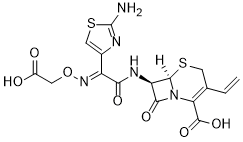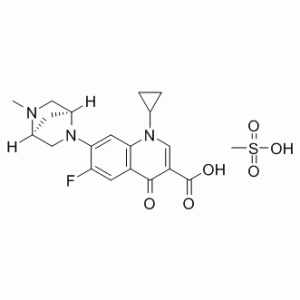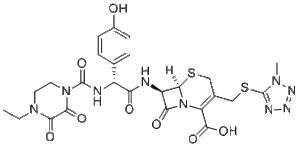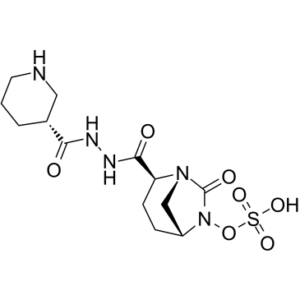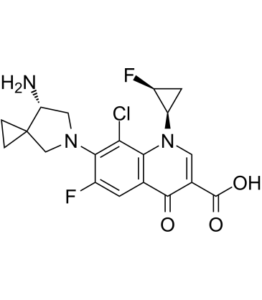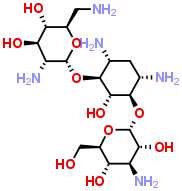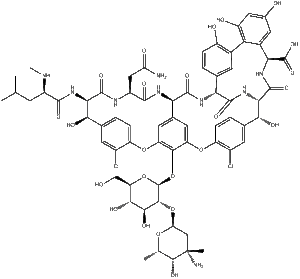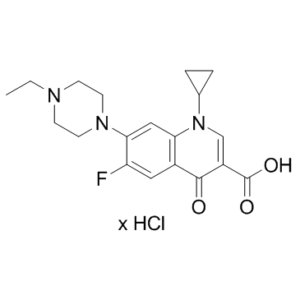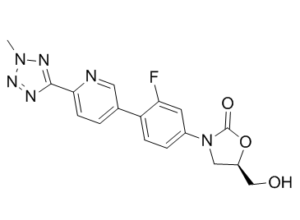Cefixime (FR-17027; Unixime; Cefiximum; Cefixima; FK-027; CL-284635) is a novel and potent third generation cephalosporin antibiotic with activity against a variety of Gram-negative bacteria, including E. coli, K. pneumoniae, and H. influenzae.
Danofloxacin Mesylate (formerly also known as CP-76136-27), the mesylate salt of danofloxacin, is a fluoroquinolone class of antibiotic for veterinary use. It has an MIC90 of 0.28 μM and acts by inhibiting bacterial DNA-gyrase, which is necessary for DNA replication. The minimum inhibitory concentration of danofloxacin against 90% (MIC90) of contemporary European and North American […]
Cefoperazone (trade name Cefobid) is a third-generation, semisynthetic broad-spectrum cephalosporin antibiotic proposed to be effective against Pseudomonas infections.
Zidebactam (WCK-5107; WCK5107) is a potent β-lactamase inhibitor and also a penicillin-binding protein2 (PBP2) inhibitor with an IC50 of 0.26 μg/mL.
Sitafloxacin Hydrate (DU-6859a), a new-generation, broad-spectrum and orally bioavailable fluoroquinolone class of antibiotic, is highly active against many Gram-positive, Gram-negative and anaerobic clinical isolates, including strains resistant to other fluoroquinolones, was recently approved in Japan for the treatment of respiratory and urinary tract infections.
Kanamycin B is an aminoglycoside antibiotic acting as an inhibitor of protein translation and mammalian RNA splicing.
Metronidazole Benzoate is the benzoate ester of metronidazole, which is used as an antimicrobial, antiparasitic and antidiabetic drug.
Vancomycin (Lyphocin) is a narrow-spectrum amphoteric glycopeptide antibacterial drug used to treat a number of bacterial infections.
Enrofloxacin hydrochloride (BAY-Vp2674 hydrochloride; PD160788 hydrochloride; trade name Baytril) is a potent fluoroquinolone antibiotic with an MIC90 of 0.312 μg/mL for Mycoplasma bovis.
Tedizolid (formerly known as torezolid, TR-700, DA-7157, trade name Sivextro) is an oxazolidinone-class and approved antibiotic medication against Gram-positive bacteria. The mechanism of action is to inhibit protein synthesis by binding to the 50S ribosomal subunit of the G+ bacteria. Tedizolid phosphate is a phosphate ester prodrug of the active compound tedizolid. It was developed […]
